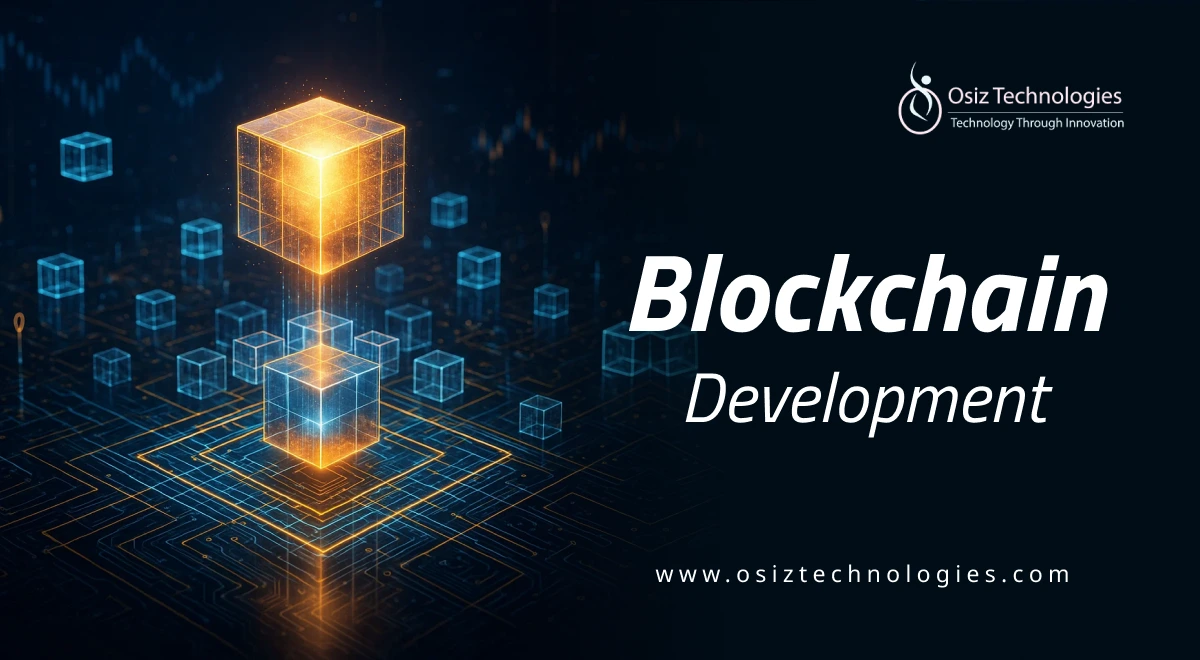In today's digital landscape, the security of blockchain applications is paramount. With the rise of decentralized technologies, ensuring the integrity and safety of these systems is critical for businesses and users alike. This article delves into comprehensive strategies for securing blockchain applications, covering everything from smart contract audits to multi-factor authentication and beyond.
Understanding Blockchain Security
Blockchain security encompasses a variety of practices aimed at protecting the integrity, confidentiality, and availability of blockchain applications. Unlike traditional systems, blockchain relies on a decentralized network, which introduces unique security challenges. Understanding these challenges is the first step toward implementing effective security measures.
The Importance of Security in Blockchain
As blockchain technology becomes more mainstream, the potential for vulnerabilities increases. A breach can lead to significant financial losses and damage to reputation. Therefore, prioritizing security is not just an option; it's a necessity.
Key Components of Blockchain Application Security
To secure blockchain applications effectively, several key components must be considered:
1. Smart Contract Audits
Smart contracts are self-executing contracts with the terms directly written into code. Regular audits are essential to identify vulnerabilities before they can be exploited. Engaging third-party auditors can provide an unbiased assessment of smart contract security.
2. Secure Key Management
Keys are the backbone of blockchain security. Implementing secure key management practices ensures that private keys are stored safely and are only accessible to authorized users. This includes using hardware wallets and encryption techniques.
3. Multi-Factor Authentication
Utilizing multi-factor authentication (MFA) adds an extra layer of security. By requiring multiple forms of verification, such as a password and a biometric scan, the risk of unauthorized access is significantly reduced.
Proactive Security Measures
Being proactive in security measures can prevent many potential issues:
4. Blockchain Penetration Testing
Conducting penetration tests simulates attacks on your blockchain application to identify vulnerabilities. This practice helps organizations understand their security posture and address weaknesses before they can be exploited.
5. Vulnerability Management
Establishing a robust vulnerability management program is crucial. Regularly scanning for vulnerabilities and applying patches ensures that your blockchain application remains secure against emerging threats.
6. Regular Update Patching
Keeping software up to date is a fundamental security practice. Regular patching of the blockchain platform and related applications helps mitigate risks associated with known vulnerabilities.
Governance and Compliance
Effective governance structures are essential for maintaining security:
7. Blockchain Governance Models
Implementing a clear governance model defines roles and responsibilities for security within the organization. This includes establishing protocols for decision-making and incident response.
8. Regulatory Compliance
Staying compliant with relevant regulations not only enhances security but also builds trust with users. Organizations should familiarize themselves with regulations pertaining to data privacy and blockchain technology.
Advanced Security Techniques
In addition to basic security practices, advanced techniques can further enhance security:
9. API Security
APIs are often the gateway to blockchain applications. Ensuring that APIs are secure through authentication, encryption, and regular testing can prevent unauthorized access and data breaches.
10. Decentralized Identity Management
Implementing decentralized identity management solutions enhances user privacy and security. This approach allows users to control their own identities without relying on centralized authorities.
Data Privacy and Protection
Ensuring data privacy is vital in blockchain applications:
11. Data Privacy Measures
Implementing data privacy measures, such as encryption and anonymization, protects sensitive information stored on the blockchain. This is particularly important for applications dealing with personal data.
Conclusion: Building a Secure Future
Securing blockchain applications is a multifaceted endeavor that requires a combination of best practices, proactive measures, and ongoing education. By implementing the strategies outlined in this article, organizations can significantly enhance their security posture and build trust with their users. For more information on securing your blockchain applications, connect with us at osiztechnologies
Listen To The Article










